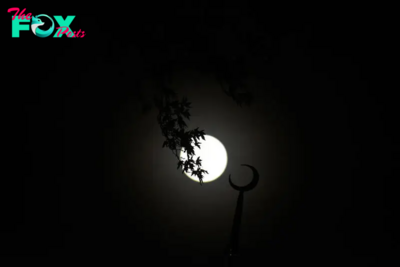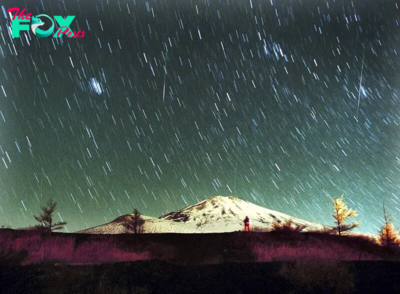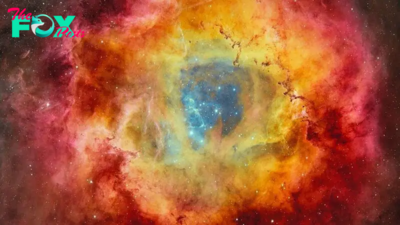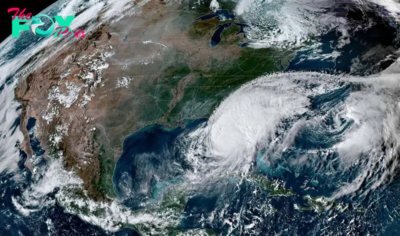Science
Daytime moon: Why can we sometimes see the moon in broad daylight?
The moon's presence in the night sky has transfixed people for millennia. But why is the moon sometimes visible during daylight?
We sometimes see the daytime moon for the same reason we see it at night — it is reflecting light from the sun — and its closeness to Earth makes it brighter than the daytime or nighttime sky. After the sun, the moon is by far the brightest celestial object we can see.
But the daytime moon isn't always visible. This is due to Earth's atmosphere and the orbital cycle of our natural satellite. If our planet didn't have an atmosphere, the moon would be visible from Earth all the time. Meanwhile, the phases of the moon mean that, when it moves between Earth and the sun — such as during the new moon — the illuminated side faces away from us and the dark side of the moon faces Earth, making it basically invisible to skywatchers on Earth.
The moon in broad daylight
The gas particles in our atmosphere — mainly nitrogen and oxygen — scatter light that has a short wavelength, such as blue and violet light. This scattering, which involves absorbing and re-emitting light in a different direction, gives Earth a blue sky.
In order to be visible during the daytime, the moon has to overcome the scattered light from the sun, Edward Guinan, a professor of Astronomy and astrophysics at Villanova University in Pennsylvania, told Live Science. For two or three days around the new moon, it is invisible to observers on Earth, as its position in the sky means that the sun's scattered light outshines the moon. But, as is usually the case, the moon's relative closeness to Earth (238,900 miles on average, or 384,400 kilometers) means that the light it reflects appears brighter to us than objects emitting or reflecting light which are farther away, such as stars or other planets.
Related: What is the 'man in the moon,' and how did it form?

According to Guinan, the stars that are visible from Earth are a million billion times less bright than the light from the sun, and millions of times fainter than that of the moon. The scattered light from the sun is so bright in our sky that it often overwhelms the starlight during the day, but not always the moon's reflected light.
-

 Science11h ago
Science11h agoHow to See the ‘Beaver’ Supermoon—the last of 2024
-

 Science5d ago
Science5d agoInside Capitol Hill’s Latest UFO Hearings
-

 Science5d ago
Science5d agoYou Won’t Want to Miss the Leonid Meteor Shower. Here’s How and When You Can See It
-

 Science6d ago
Science6d agoHere’s What Trump’s Win Means for NASA
-

 Science1w ago
Science1w agoWhy Risky Wildfire Zones Have Been Increasing Around the World
-

 Science1w ago
Science1w agoIt’s Time to Redefine What a Megafire Is in the Climate Change Era
-

 Science1w ago
Science1w ago4 Astronauts Return to Earth After Being Delayed by Boeing’s Capsule Trouble and Hurricane Milton
-

 Science1w ago
Science1w agoThe Elegance and Awkwardness of NASA’s New Moon Suit, Designed by Axiom and Prada



























